Do you know Sekigahara (関ケ原)? If you are Japanese, I think the answer would be “Yes” because the biggest battle in Japanese history took place here, and we learn about it in social studies in elementary school.
Well then, have you ever been to Sekigahara? I guess not so many people have actually been there.
Today, I’d like to tell not only people around the world but also Japanese people how interesting and attractive Sekigahara is, and why it’s worth visiting.
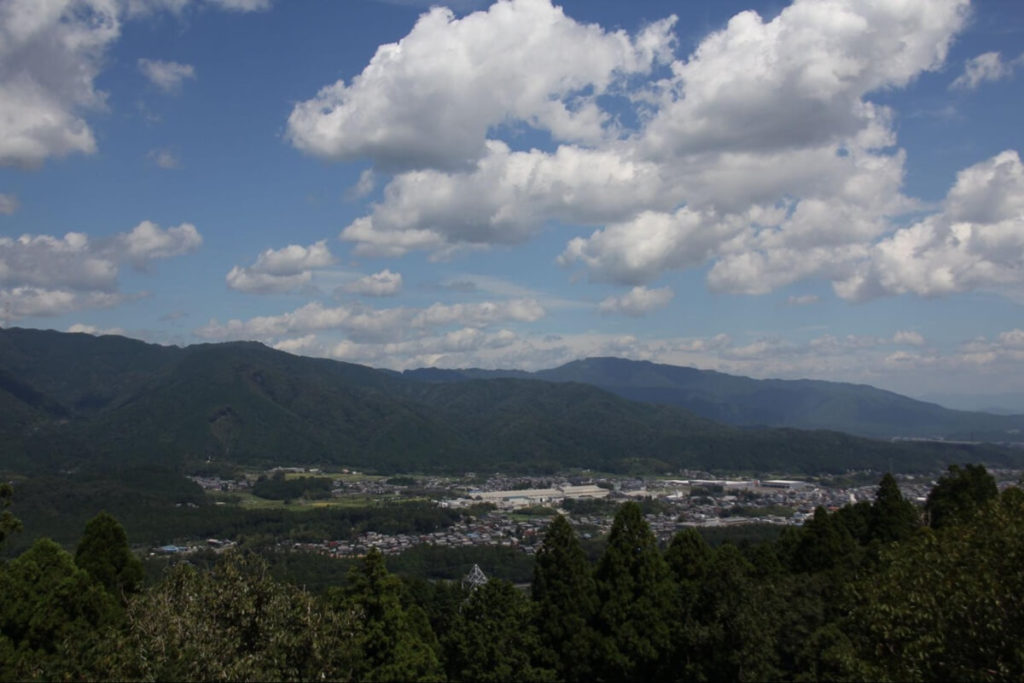
Sekigahara is a town located on the western edge of Gifu Prefecture, with a population of about 6,000 people. It’s surrounded by mountains, and rice fields spread across the town. It’s very quiet and peaceful when it’s sunny, especially in the spring and autumn.
It seems to be just an ordinary small town at first glance. However, it used to be a key transportation hub called “Fuwanoseki” (不破関) in the past. It was one of the three key checkpoints, known as “Sankan” (三関), which were established to control transportation and maintain public security. Since Sekigahara is surrounded by mountains, people had no choice but to pass through this Fuwanoseki checkpoint to get to the capital, Kyoto.

From the fact that there is Fuwanoseki in Sekigahara, it is also believed that the names Kansai (関西) and Kanto (関東) originated from Sekigahara (関ケ原). The character kan (関) comes from Sekigahara (関ケ原). The area to the east of Sekigahara is called Kanto, combining kan (関) with the character for “east” (東), while the area to the west is called Kansai, combining kan (関) with the character for “west” (西). In this sense, Sekigahara can be considered the symbolic border between eastern and western Japan.

Sekigahara is not only the border that divides the nation into East and West, but also the border of food culture.
Let’s take a look at the differences between eastern and western Japan in terms of soup stocks and mochi.
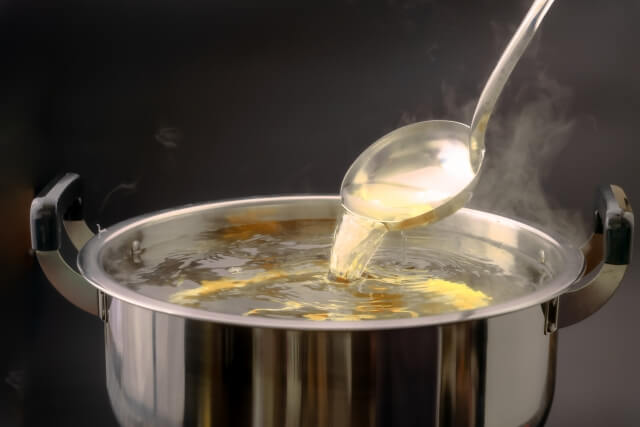

Soup stocks in Kanto are seasoned with dark soy sauce and based on dried bonito flakes, giving them a rich and full-bodied flavor. They are characterized by their deep brown color and rich, savory taste.
Soup stocks in Kansai are seasoned with light soy sauce and based on kelp and thinly shaved dried bonito flakes, giving them a clear and delicate flavor. They are characterized by their light golden color and subtle taste.
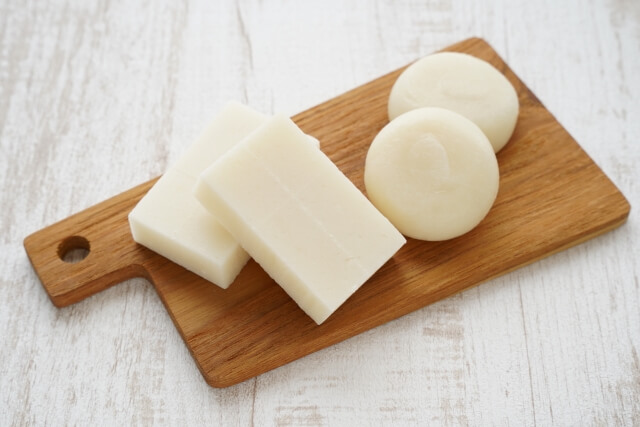
As for mochi in Kanto, it is usually rectangular, while in Kansai, it’s round.

Sekigahara cannot be talked about without mentioning the Battle of Sekigahara. It occurred in 1600, which made Sekigahara one of the most well-known towns in Japan.
Why did it happen?
Before this battle took place, Toyotomi Hideyoshi had unified Japan during the Sengoku period, a time of civil war and social upheaval in Japan.
Towards the end of his life, he was concerned about the future of Japan and his six-year-old son, Hideyori. Hideyori was too young to rule the nation. So, Hideyoshi established the Council of Five Elders (Go-Tairō), which consisted of Tokugawa Ieyasu, Maeda Toshiie, Mōri Terumoto, Uesugi Kagekatsu, and Ukita Hideie, as well as the Council of Five Commissioners (Go-Bugyō), which consisted of Ishida Mitsunari, Mashita Nagamori, Asano Nagamasa, Maeda Gen’i, and Natsuka Masaie, to govern the nation on behalf of Hideyori.
Toyotomi Hideyoshi died at the age of 62. Despite his intention, a power struggle arose between his loyal retainers over who would control Japan. On one side was Tokugawa Ieyasu, who sought to expand his influence, and on the other was Ishida Mitsunari, who aimed to protect the Toyotomi legacy.
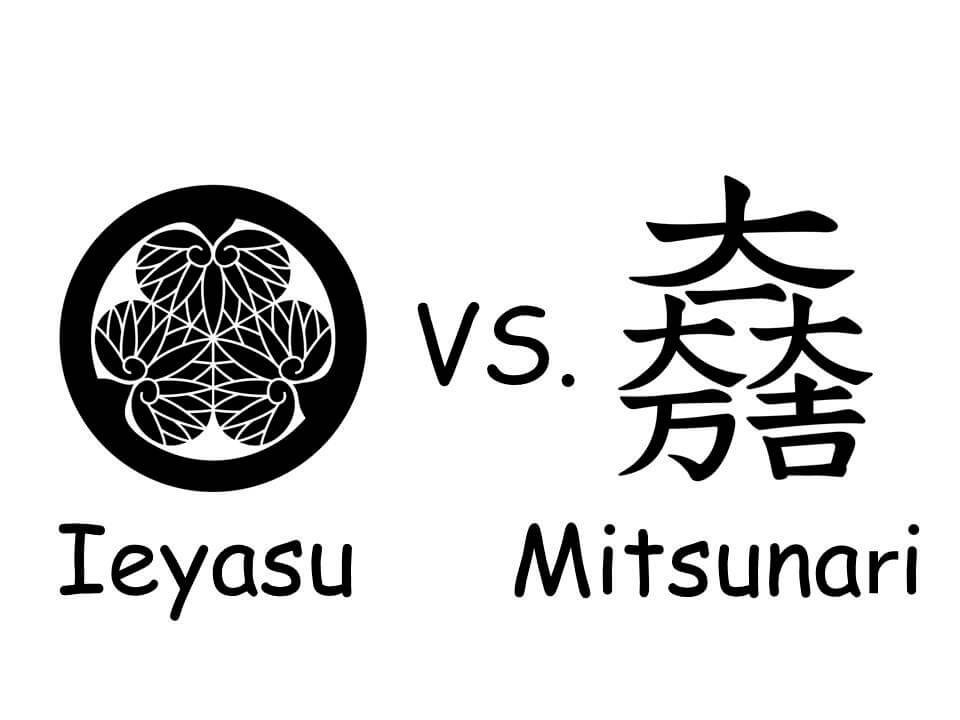
Tokugawa Ieyasu vs. Ishida Mitsunari
The two forces — the Eastern Army led by Ieyasu and the Western Army led by Mitsunari — clashed at Sekigahara in Gifu Prefecture. Although the Western Army initially had more troops, the tide quickly turned when several Western commanders betrayed Mitsunari and joined Ieyasu’s side during the battle. This sudden defection caused confusion and collapse within the Western troops.
In just about six hours, Tokugawa Ieyasu achieved a decisive victory.
What was left behind after the Battle of Sekigahara?
His triumph at Sekigahara paved the way for him to become shogun in 1603, marking the beginning of over 250 years of peace under the Tokugawa shogunate.
This is just a summary of the battle. If you’re not interested in Japanese history, you might never think of visiting Sekigahara. However, if you learn more deeply about this battle, I believe you’ll want to visit and experience the historical sites scattered around the area.
Gifu Sekigahara Battlefield Memorial Museum

©岐阜関ケ原古戦場記念館
The Gifu Sekigahara Battlefield Memorial Museum was opened in 2020 to help visitors learn about the scene of the decisive battle.
1st Floor
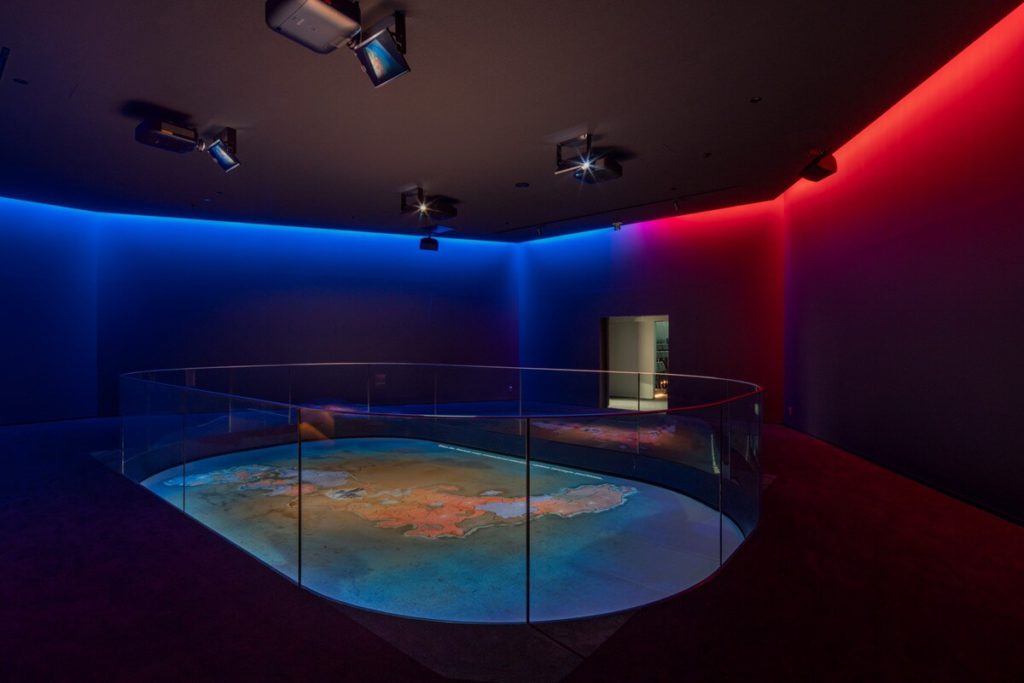

©岐阜関ケ原古戦場記念館
The Ground Vision shows that this battle was a large-scale conflict that involved the whole of Japan.
In the Theater, you can experience the atmosphere as if you were actually in the battle.
There is a Tourist Information Corner, where you can get useful brochures available in multiple languages and rent bicycles for your own self-guided tour.
2nd Floor

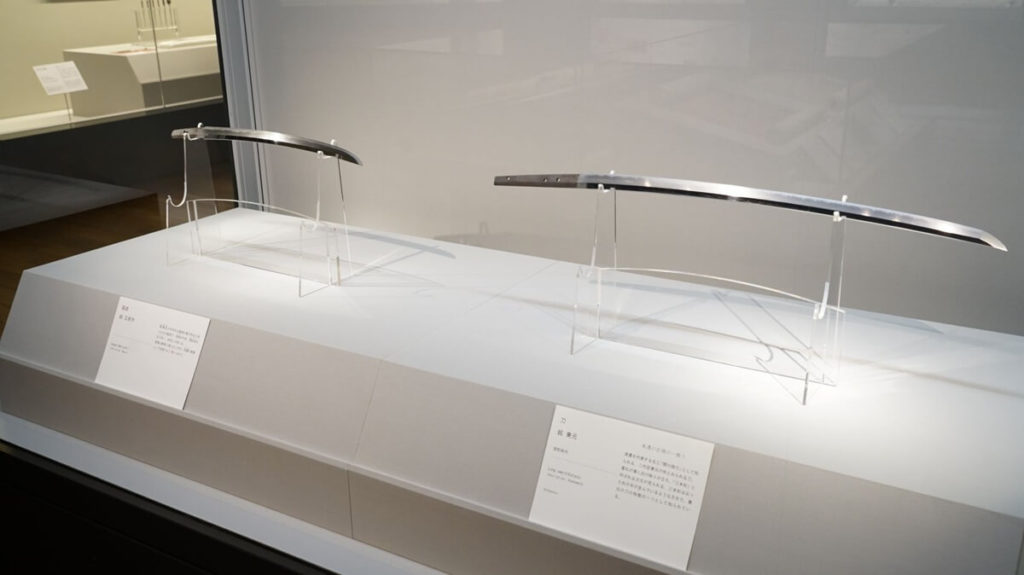
©岐阜関ケ原古戦場記念館
On the 2nd floor, samurai armor, weapons, and letters exchanged between warlords involved in this battle are on display. You can learn more deeply about the major warlords and their relationships.
In the Sengoku Experience Corner, you can enjoy interactive exhibits including opportunities to handle authentic reproductions of 16th-century weapons, or photograph yourself against a folding-screen background portraying the battle.
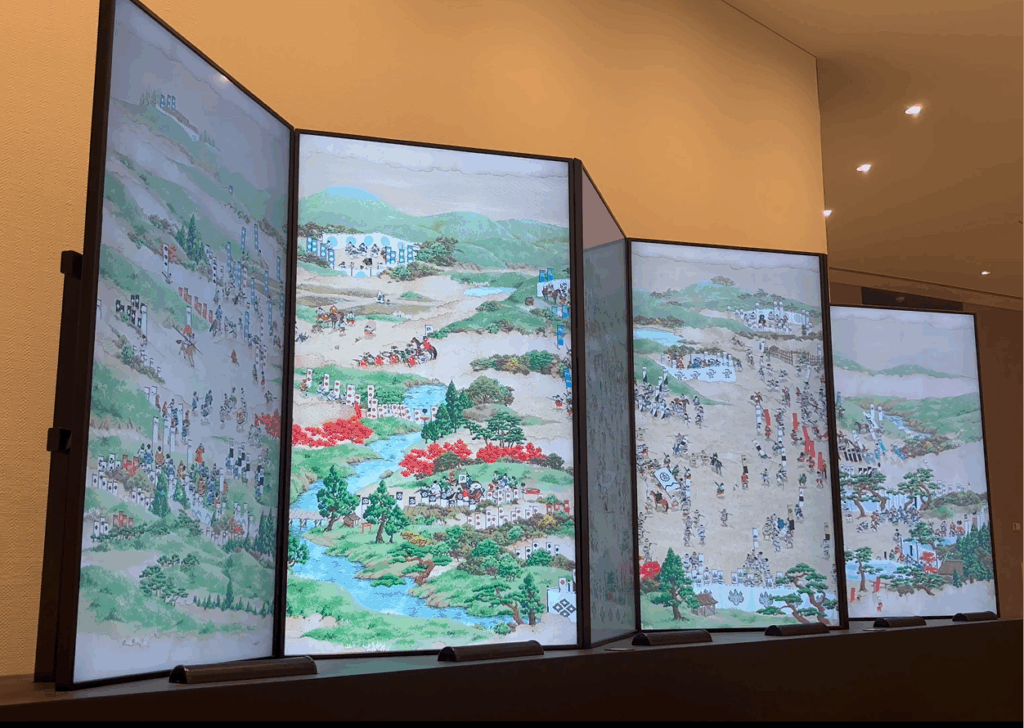
©岐阜関ケ原古戦場記念館
Now, a digital version of a six-panel folding screen depicting the Battle of Sekigahara is open to the public. You can clearly learn how the battle unfolded from it. You can also watch a one-minute trailer of the Folding Screen Depicting the Battle of Sekigahara on YouTube, released by the Sekigahara Battlefield Memorial Museum.
5th Floor
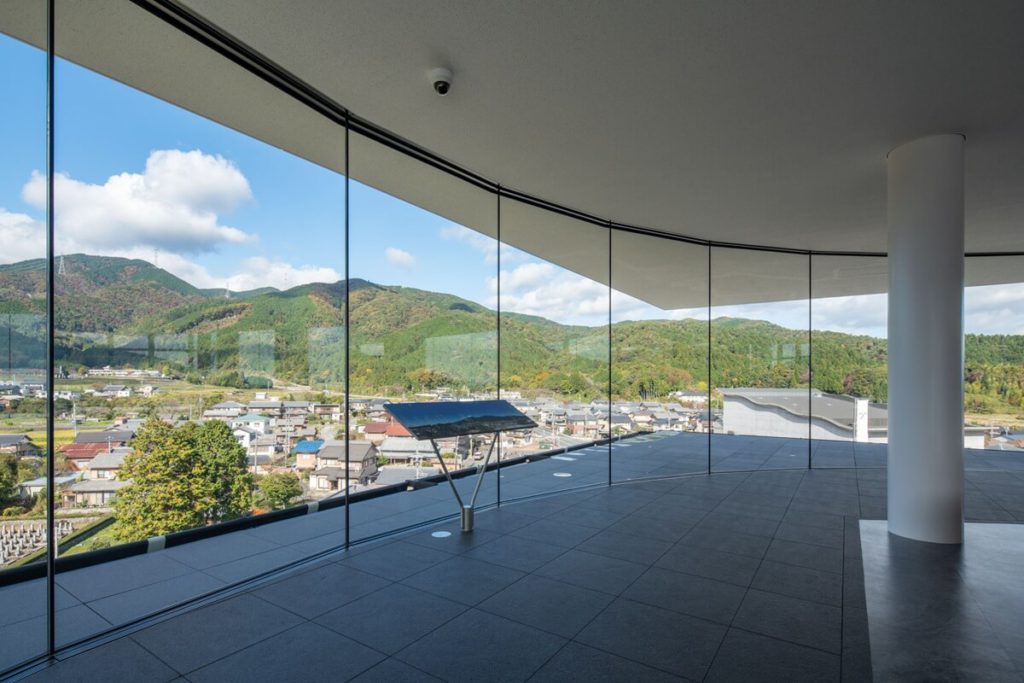
©岐阜関ケ原古戦場記念館
There is an observation deck on the fifth floor. You can enjoy a 360° panoramic view from here and get a sense of the distance between each encampment.

©岐阜関ケ原古戦場記念館
There is a souvenir shop in the annex building, where you can buy original Sengoku-themed goods. There is also a restaurant “Ibukian”, where you can enjoy unique menu items inspired by Sengoku warlords and the Battle of Sekigahara.
One day is not enough!!
As you learn more about the background of the battle, the personalities of the warlords, and their relationships with one another, you’ll find this battle even more fascinating—and you’ll want to visit again and again. Each time you come, you’ll surely discover something new.
By the way, my favorite warlord in this battle is Yoshihiro Shimazu. He was a commander of the Western Army, and when he realized that they had lost, he attempted to break through the enemy lines and returned all the way to Kagoshima, his home domain.
I was impressed by his daring idea of breaking through enemy lines — something that seemed reckless — and by the strength he had to carry it out. That’s why I came to admire him. If you have a favorite warlord, please let me know!
Every year, a large festival is held in October, attracting history enthusiasts from all over Japan. Please come and visit Sekigahara at least once!
I was born and raised in Aichi, and now I live in Gifu with my husband and two sons. I spent half of my life in Aichi and the other half in Gifu, so the Tokai region is very special to me. I love playing tennis and watching sports, especially the Japanese high school baseball tournament and track and field.

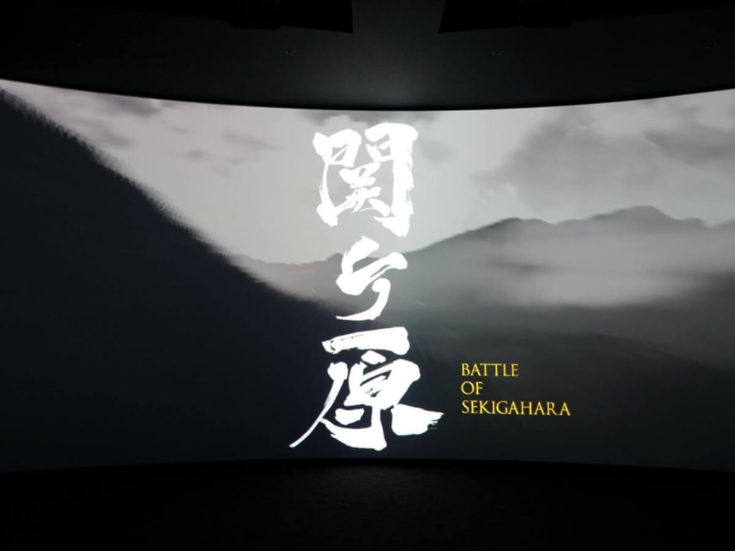

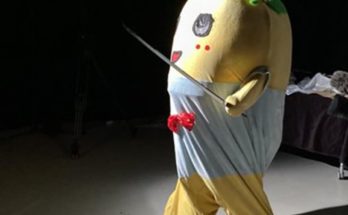
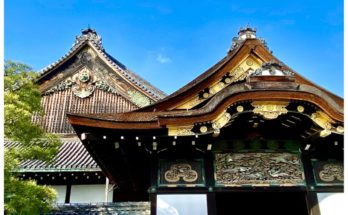
 HTJ has a YouTube page! Check it out
HTJ has a YouTube page! Check it out